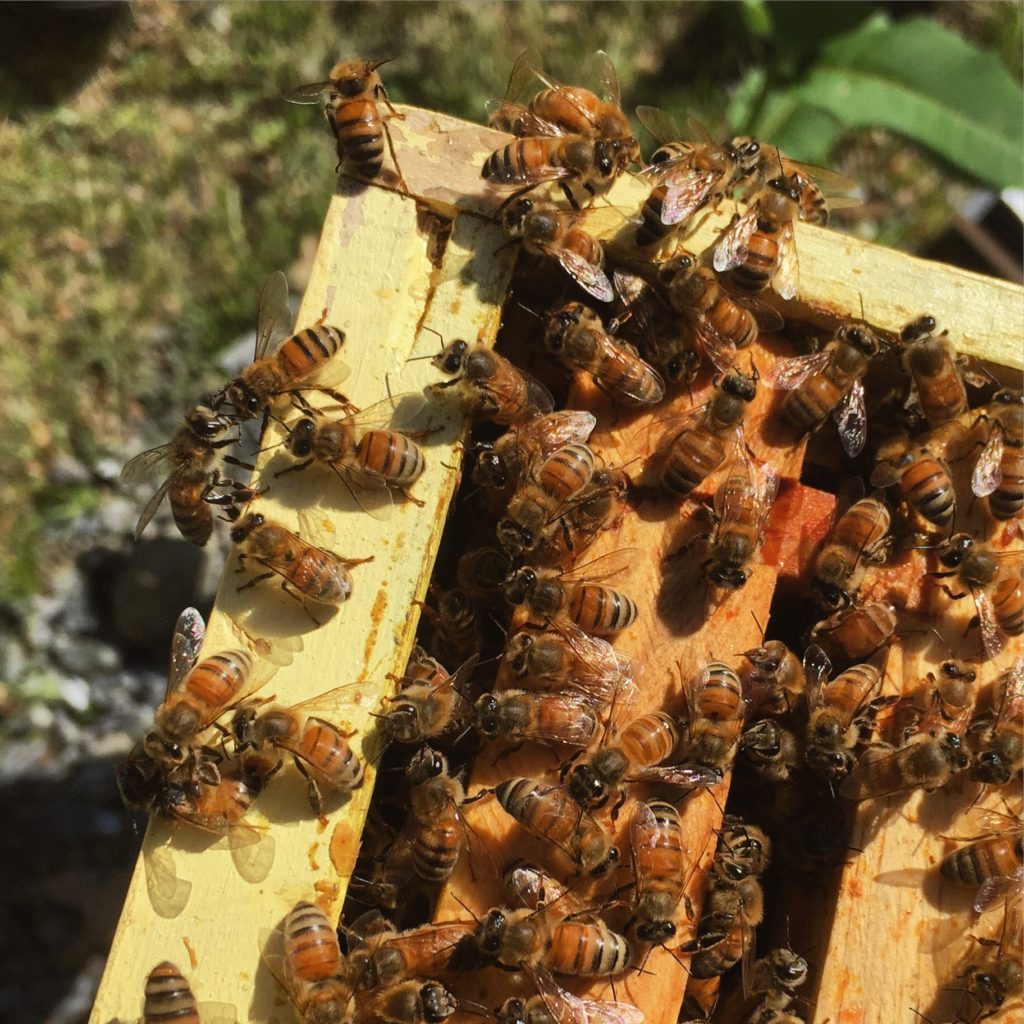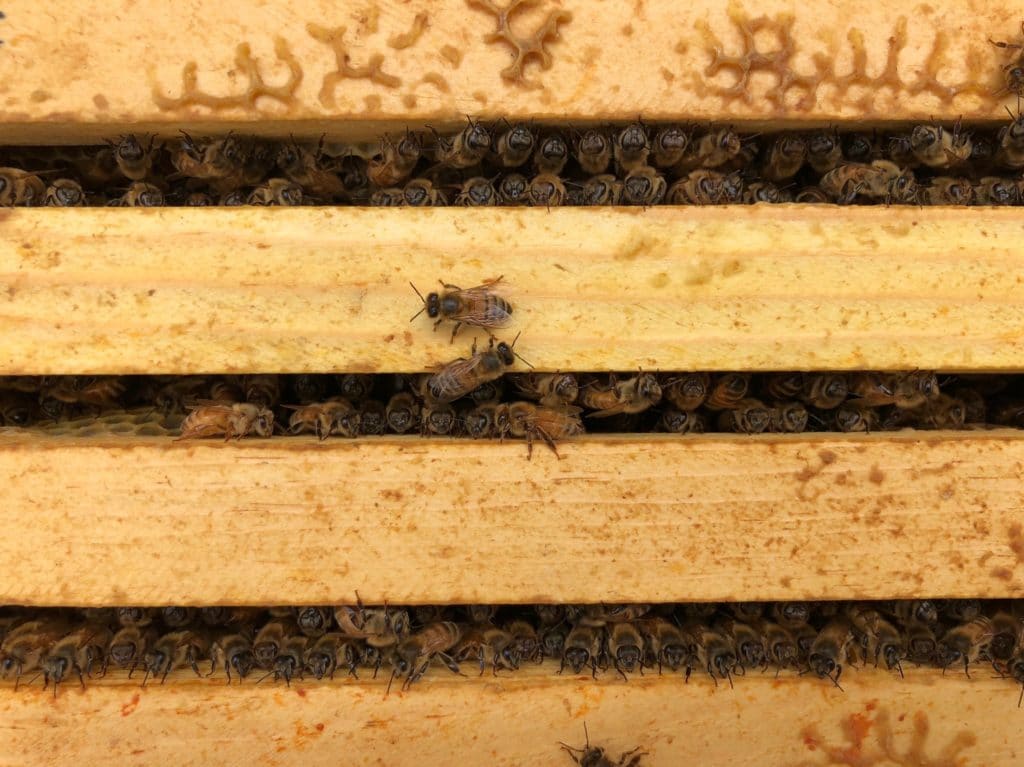What a difference a week or two can make. The world has found itself pressing pause, but cycles never cease, and neither do the bees. With spring incoming, bees have begun emerging from their hives to forage for nectar and pollen. To help the bees along in their vernal preparations, our beekeepers are out now checking on hives and getting them ready for the season. For those of you receiving a new bee colony, they’ll be setting you up soon with a queen and her bees!

In this time of social distance and uncertainty, emotions can run high, but we can take a lesson from the bees and look for ways to find sweetness. Some tips!
- Plant a pollinator garden. An hour or two of soil preparation and planting seeds (easily bought online!) will give bees an enormous leg up come spring and summer as they forage. Pollinator gardens of all sizes can be set up wherever you live: on rooftops, balconies, backyards, even window boxes.
- Sit back and admire your work. There’s nothing like kicking back with a freshly brewed pot of tea, drizzled with your bees’ honey of course, and admiring your freshly tilled soil. Come May, bees will start buzzing around your sprouts and reaping the fruits of your labor too!
- Cook a meal from scratch. Bees are one of the most resourceful busybodies on the planet. Take a peek around your kitchen, get creative, and don’t forget to lean into the mess! Here are some of our favorite recipes, courtesy of the bees!






